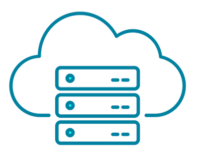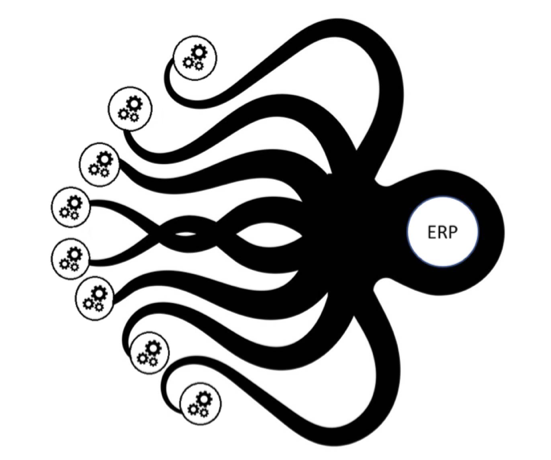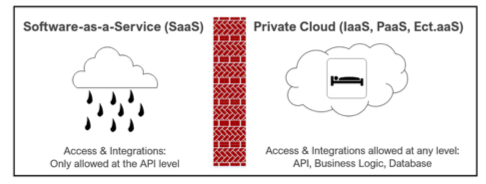
Understanding Your ERP System & Your Users
I once had a mentor tell it to me straight: Those who learn earn. Not bad advice… Read on to learn more about how to apply this to your ERP system users.
If you want to understand your application and your ERP system users, you had better be ready to learn. Why? ERP systems are multifaceted and complex. Your perspective of a car, for instance, may differ if you’re in the driver’s seat, the back seat, the trunk, or under the hood. Same thing goes with your perspective of how your drive your ERP system users toward success.

An ERP system user’s experience, such as is available with the wide variety of pathways intrinsic to a distribution application like Epicor’s Prophet 21, can differ significantly, depending on your perspective. If you’re a network engineer, you may have a different perspective of an ERP system, when compared to an ERP administrator, much less an end user.
That said, it’s always good to expand your understanding of ERP systems and your users, and to do so from multiple perspectives. As a former end user, I tend to think that understanding the technical foundations of an application are as important as understanding the application itself. I normally divide the overall ERP ecosystem into three sections:
Application
Parts, Customers, Supplier, Quotes, Orders, Work Orders, Purchase Orders, Inventory, Purchase Orders, Shipping, Invoicing, etc. These are the functional building blocks of an application, and the core of the many processes that you might perform in order to run your business.
Architecture
AppServer, Database & Database Server, Client Access, Terminal Server, Server Farms, Load Balancing, etc. These are the elements that are key to a robust P21 environment, whether deployed to an on premise environment or as part of a private cloud deployment. Understanding these elements can help you optimize the stability, reliability, security and performance of your Prophet 21 ecosystem.
Integrations
Where application meets architecture… all the functionality extensions that elaborate an ERP application: Ecommerce, Document Management, Quality, BI & Reporting, Label Printing, Shipping, AR Automation, etc. To understand a given integration, you may need some understanding of both the place within the application where this functionality is an interaction, and the technical means though which this interaction is enabled.
Are you interested in growing your Prophet 21 knowledge in these areas? One option would be to attend the P21WWUG CONNECT 2022 conference.
Sponsored by the Prophet 21 World Wide Users Group (P21WWUG), and colloquially pronounced “The Wug,” P21WWUG CONNECT is a great way to learn more about the capabilities from the system, as a network architect, a system administrator or a super user. The session schedule is extensive and covers all aspects of the P21 application. If you’re a growing wholesale distribution company, CONNECT is a great place to network to learn more about your options for supporting robust distribution operations. You’ll learn more about Epicor’s offerings while also surrounding yourself in a community of supporting services like EstesCloud private and hybrid cloud hosting options.
Are you attending CONNECT 2022?
EstesGroup is this year’s Platinum Sponsor. You can find us in booths 6 & 7 of the Main Hall at JW Marriott San Antonio Hill Country Resort on August 29th – August 31st. We’ll have P21 technical experts on hand who can help you answer any questions that you may have about the Prophet 21 application, its deployment, the integration options available, and some best practices for configuring and managing your P21 ecosystem:
- AutoCrib
- Cribmaster
- Pathguide’s Latitude integration
- MITS
- WebQuery
- Portals
- RePortal
- B2C integrations
- B2B implementations
- Business Rules
- Dyna Change
- Database Maintenance
- Crystal Reports
- SSRS
- WWMS
- EDI
- TCP














